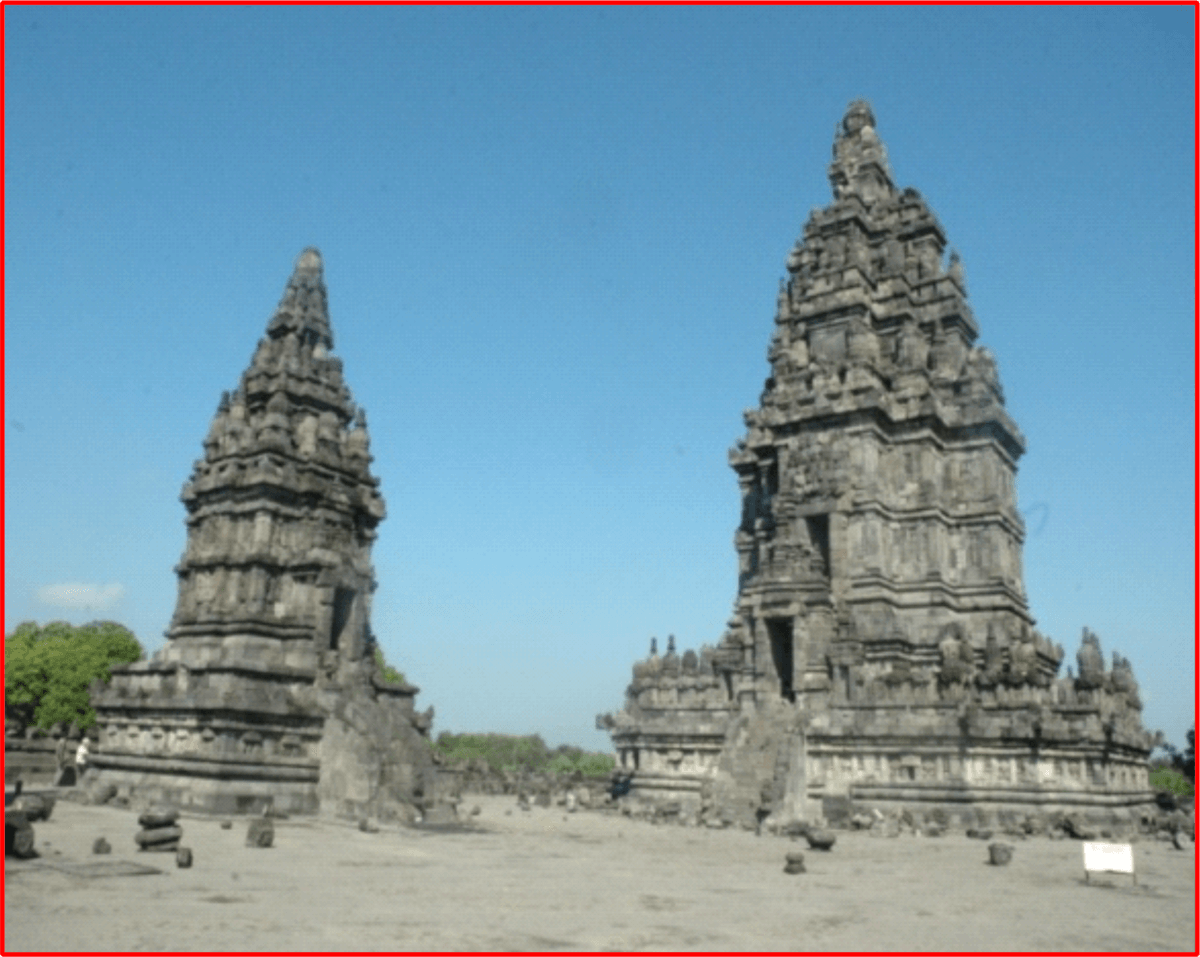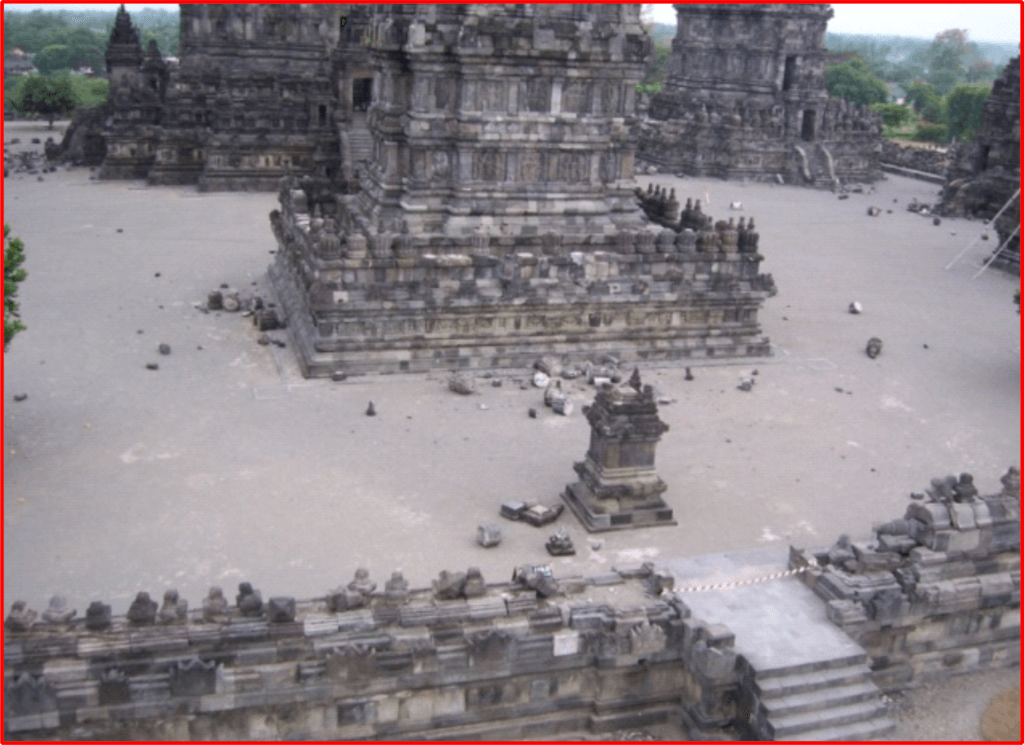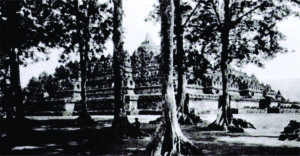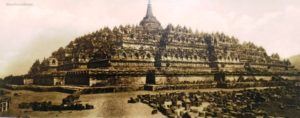Restoration of Prambanan due Post-Earthquake 2006

On May 27, 2006, at 05.55, Yogyakarta and some area of Klaten (Central Java) experienced a very powerful earthquake with magnitude 5.9 on the Richter scale for approximately one minute. This earthquake has a devastating impact, even resulting in 6000 people killed by this disaster. Not only did the victims fall, but also many buildings were badly damaged and the roads were split. Historical buildings are also not spared from this disaster, such as the Sultan’s Palace and some Dutch heritage fortress suffered severe damage. So is the case with Prambanan Temple that suffered damage not only from the materials but also structurally.
Prambanan which is one of the world cultural heritage and become the attraction for the tourists both local and foreign, get special attention to save Prambanan Temple building. Various experts from various circles, such as archaeologists, civil engineering, geology, and geophysics were gathered to research on how much damage occurred at Prambanan Temple. A variety of techniques and methods are used in this study and show the damage that occurs. Some damage such as subsidence, horizontal shifts in the temple, as well as cracks that occur vertically or horizontally in some parts of Prambanan Temple. The results of this study also indicate the cause of this damage apart from the vibrations and movement that occurred during the earthquake, but also caused by the use of restoration methods that indicated less appropriate with the Prambanan area.

Further restoration was undertaken by the Indonesian government in cooperation with several UNESCO members. The first step is to collect data, catalog, and collect parts of the fallen and damaged temples. The further restoration plan is done based on the results of multidisciplinary observations from experts. And then once all the planning is ready, the workers begin to repair, reinforce the damaged stone blocks and put the stone back where it belongs.
As a result of the quake, Prambanan temple closed for a while and the number of tourists both local and international decreased rapidly resulting foreign exchange income from the temple tour is reduced. However, in 2007 when Prambanan Temple began to open to the public, tourists began to arrive to see the restoration process which instead to be the main attraction for tourists.
The restoration of Prambanan temple due to the impact of Jogja earthquake lasted for approximately two years, from 2007 to 2009. A little bit unfortunate, that the Shiva Temple has not been fully opened to the public, because of its imperfect shape. Because the unique structure of the Shiva temple has not been perfect and the loss of technical drawing documents of Shiva temple during the second world war, thus making it difficult for researchers to determine where the exact lost location or damaged structure. Fortunately, in 2013, the world’s restoration experts have agreed to contribute and assist in the restoration of the Shiva Temple. Hopefully, this restoration process runs smoothly and successfully, so we can see the greatness of our ancestors earlier.


